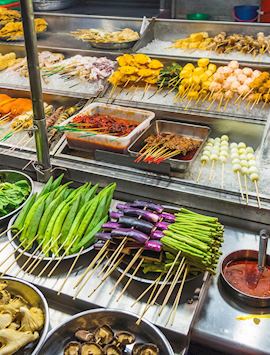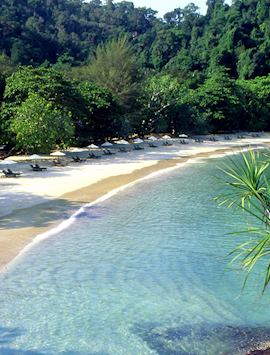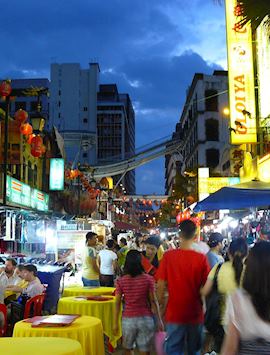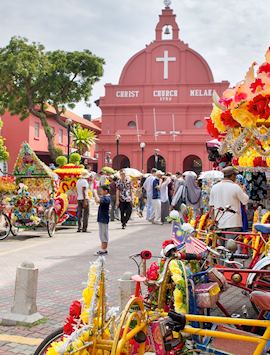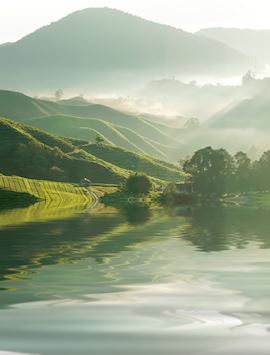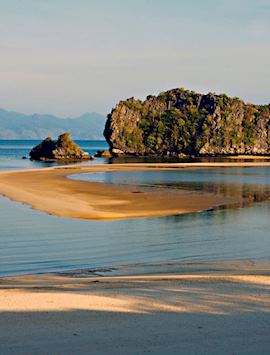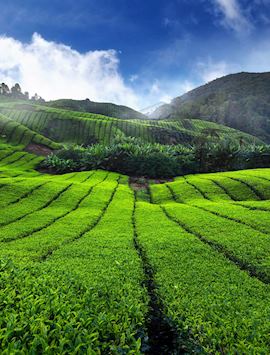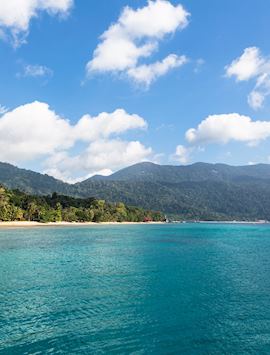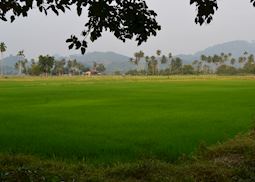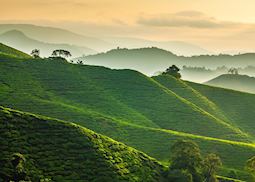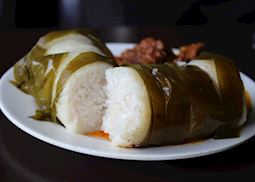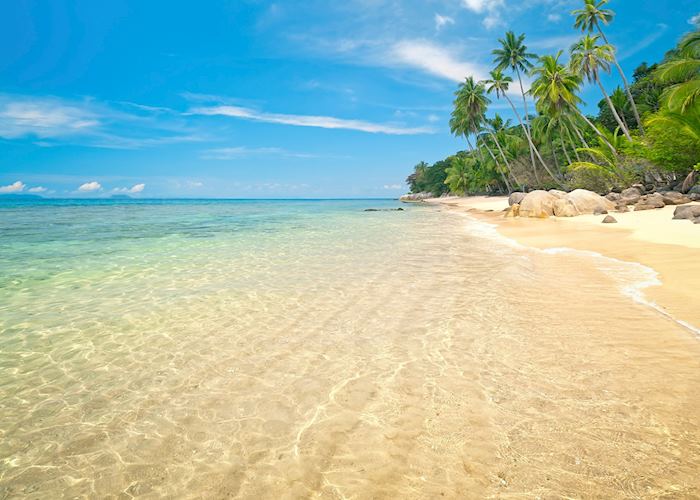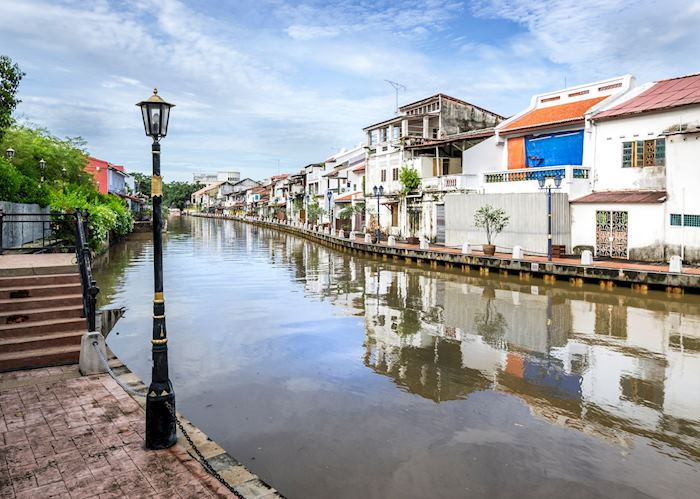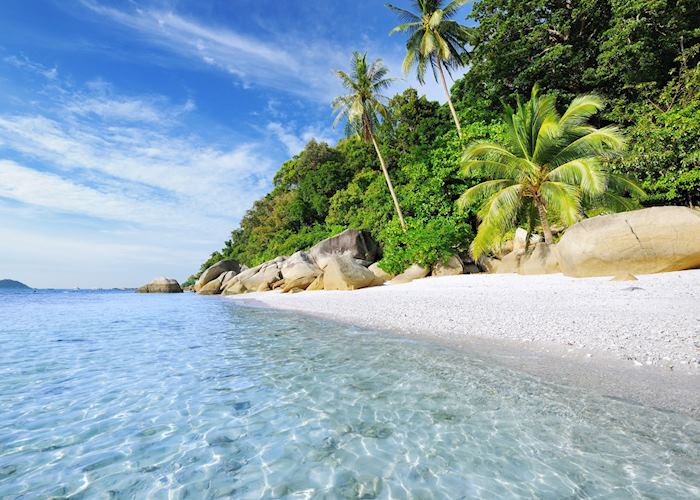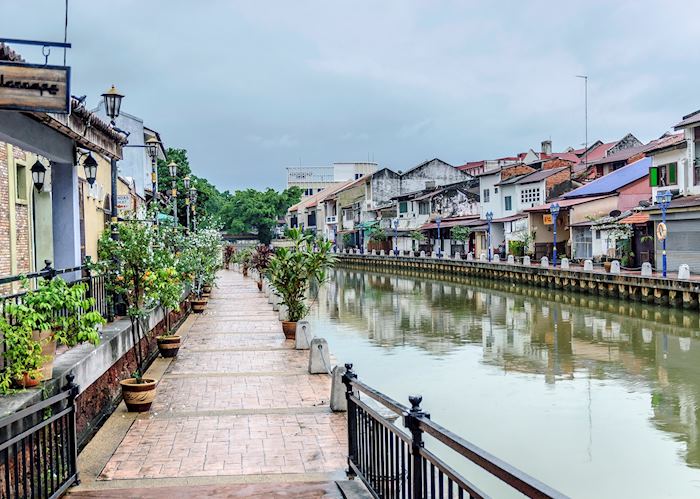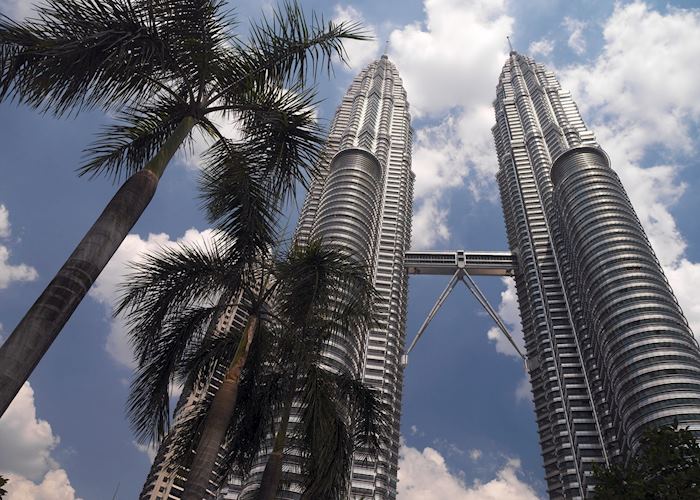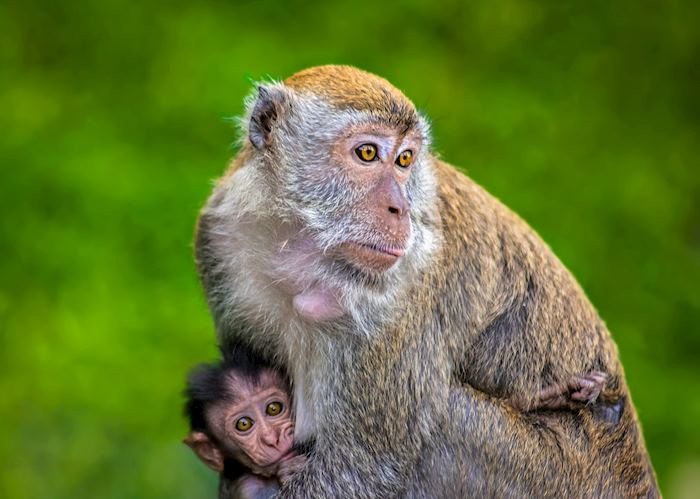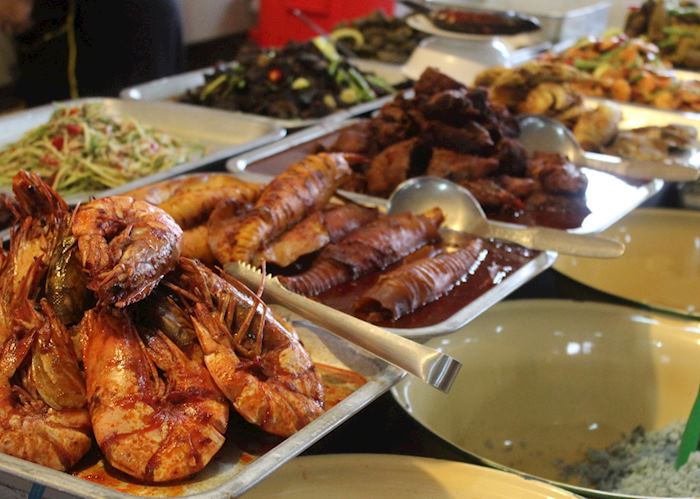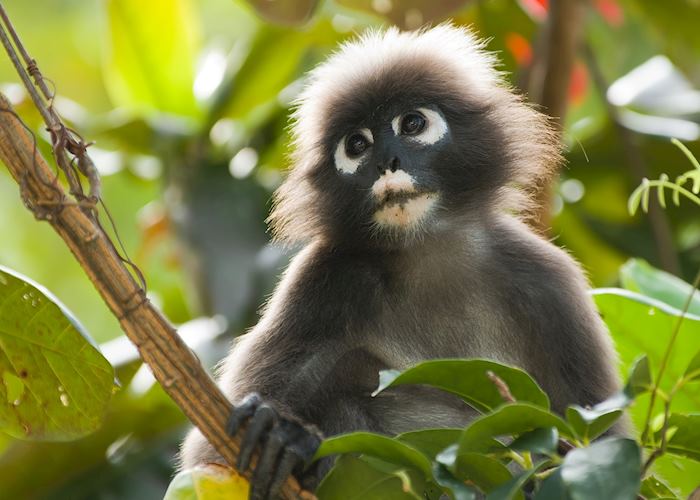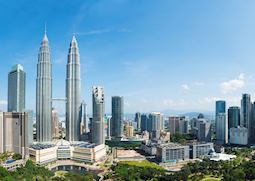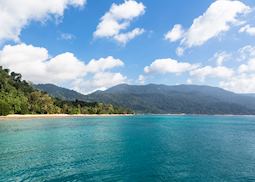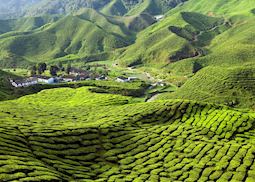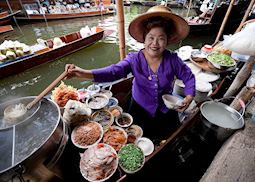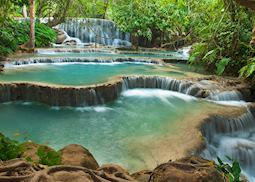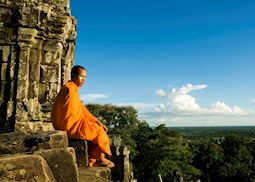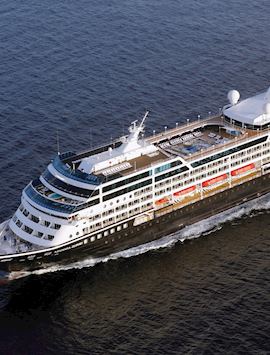
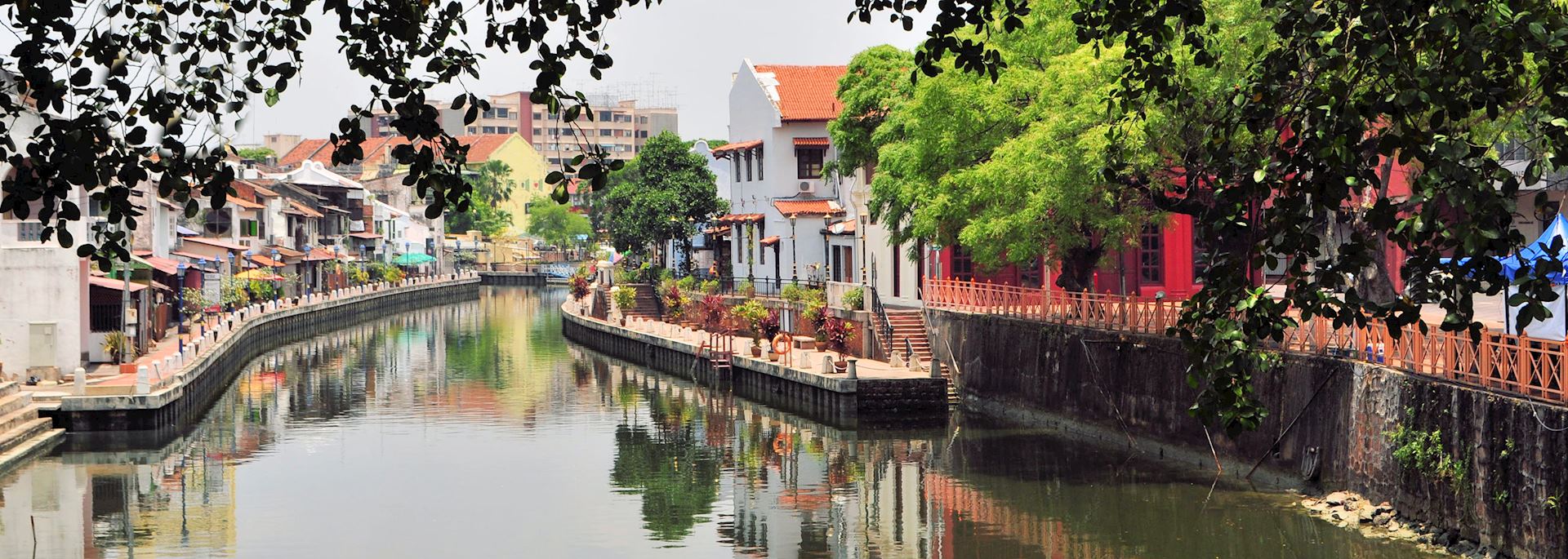
Tailor-made Malaysia holidays shaped around your passions
Once central to the spice trade route, Malaysia absorbed influences from Chinese, Indian and Muslim merchants to create a rich culture and culinary heritage. Our specialists have sampled the delicacies of Penang’s night market, hiked through national parks and sought out traditional ways of life along the east coast. Using this detailed knowledge of the country, we can create a tailor-made Malaysia holiday to suit your interests.
The UNESCO-protected cities of George Town and Malacca are strewn with Javanese mosques, Chinese prayer halls and Edwardian Baroque architecture. The capital, Kuala Lumpur, is where the old world meets a vibrant, modern society and glittering skyscrapers share space with seasoned markets. Despite Malaysia’s development, great swathes of primary rainforest remain intact, as well as pristine beaches and unsullied coral reefs. Along the coast you find traditional kampung villages, lively resorts and islands offering secluded beachside retreats.
Reduced fares currently available through our airline partners
We have a number of reduced fares available with selected airline partners. Click below for further details on booking and travel periods.
View offersSuggested tours for Malaysia
Explore colonial architecture in the UNESCO city of Malacca, try the monorail in Kuala Lumpur, and sample Chinese, Indian, and Malay cuisines all in one day in Penang. Our range of suggested itineraries is a great starting point as you begin to plan your trip to Malaysia.
Suggested activities for Malaysia
Sample street food in Kuala Lumpur, enjoy a private tour of Penang City, and explore the Cameron Highlands, including a tea plantation and flower farms. Our specialists will curate experiences designed to enhance your trip to Malaysia by choosing options that align with your interests.
-
Langkawi island hopping tour ![Paddy fields on Langkawi]()
Langkawi island hopping tour
LangkawiLangkawi island hopping tour
Highlights of Langkawi include the pretty Pregnant Maiden Island, but also various water sport activities such as snorkelling and swimming.
View details -
Explore the Cameron Highlands ![Cameron Highlands, Malaysia]()
Explore the Cameron Highlands
Cameron HighlandsExplore the Cameron Highlands
This fascinating tour covers all the highlights of the highlands. Begin by cruising through the green carpets of Boh Tea Estate — the pioneer of the tea growers in Malaysia.
View details -
Cookery course & market visit ![Lemang sticky rice]()
Cookery course & market visit
Kuala LumpurCookery course & market visit
Besides learning to prepare a traditional Malaysian home-cooked meal, this cooking tour will also allow you to gain an interesting insight into the cultural and social composition of the country.
View details
Why travel with Audley?
- 100% tailor-made tours
- Fully protected travel
- Established for over 25 years
- 98% of our clients would recommend us
Best time to visit
Our specialists advise on the best months to visit Malaysia, including information about climate, events and festivals.
Request our brochure
Covering all seven continents, The World Your Way shows you how you can see the world with us. It features trip ideas from our specialists alongside hand-picked stays and experiences, and introduces our approach to creating meaningful travel experiences.
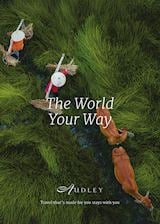
Useful information for planning your holiday in Malaysia
Highlights include sweet-spicy peanut satay and nasi lemak, a fragrant rice dish cooked in coconut milk. The best way to get an overview of this variety is to take a street-food tour of Kuala Lumpur where you can try everything from pork-filled dumplings to grilled fish served with a spicy sambal sauce.
Malaysian food deserves as much space on the world stage as Thailand, India, or China. Many countries have multicultural cuisine, but Malaysia takes this to a whole new level, with a complex mix of dishes that take inspiration from countries across Asia from India to Java, as well as regional specialities created by the country’s multiple ethnicities.
Bahasa Malaysia, often simply referred to as Malay, is the official language of Malaysia, but English is widely spoken. Other languages you’re likely to hear are Chinese (Mandarin), Hindi, Iban, and Tamil. There’s a large Chinese population in Peninsular Malaysia so you may come across menus in Chinese, but these will almost always have Malay and English translations.
The currency in Malaysia is the Malaysian ringgit.
For the latest travel advice for Malaysia, including entry requirements, health information, and the safety and security situation, please refer to the Foreign, Commonwealth & Development Office website.
Malaysia’s important role on the spice trade route helped to create a rich culture and culinary heritage. This can be experienced in cooking courses in a family home, a tour of Kuala Lumpur with a history specialist, or a visit to Pulau Duyong where you can still see wooden boats being traditionally handcrafted.
While the towns and cities have developed into dynamic modern enclaves, you can head out into the jungle on night walks to look for nocturnal creatures or cruise through remote mangrove forests. On the coast, you can beach-hop around Langkawi, take a private helicopter ride for coastal views, or snorkel straight from the beach. Read more about the best things to do in Malaysia, as selected by our specialists, in our highlights guide.
If you’re interested in history the UNESCO World Heritage cities of George Town and Malacca are littered with Dutch, British, and Portuguese architecture, Chinese shophouses, and remnants from their status as spice trading ports. The Cameron Highlands are the gateway into Malaysia’s jungle interior — past the neat tea plantations you’ll find remote ethnic communities and deeper into the jungle, Taman Negara National Park.
The Malaysian peninsular is surrounded by a number of beach-trimmed islands, from Langkawi in the Andaman Sea to the north to Tioman Island in the South China Sea. One of our specialists can guide you on the best island to suit the time of year you’d like to travel. You can find more destinations to explore on our places to visit in Malaysia page.
Malaysia’s history as a former Portuguese, Dutch, and finally, British colony has left it with a legacy of heritage properties, from mock Tudor houses to 1920s mansions. Many have been converted into comfortable hotels decorated with antiques from the era, often with a showcase of sepia images of the buildings acting as summerhouses for British colonialists, party venues for the European colonial elite, or war hospitals.
In larger cities including Kuala Lumpur, there’s also a range of slick, gleaming hotels that reflect modern Malaysia, with panoramic views, cutting-edge technology, and creative architecture. Many of the beach properties are influenced by more traditional Malay wooden buildings, where you can stay in jungle-shaded villas just steps from the sand. More ideas around our top places to stay in Malaysia can be found on our accommodation page.
You can fly direct to Kuala Lumpur, Malaysia from the UK, which takes around 13 hours.
The time zone in Malaysia is GMT +8.
The easiest way to travel around Malaysia is with a private car and driver. This allows you the flexibility to travel at your own pace and stop at anything that arouses your interest along the way. If you’d rather be more hands-on you could hire a car — roads are well signposted, in good condition, and they drive on the left. For longer distances, there’s a regular schedule of domestic flights.
Our specialists will arrange all the transport logistics for your trip, which can be tailored to also include trains, cycling, or hiking, depending on your interests — you can read more about self-drive travel across Malaysia in our travel guide.
Use our travel tool to find up-to-date visa and passport requirements for Malaysia. Enter where you’re travelling to and from (including any stopover destinations en route or flight layovers), along with your intended travel dates and passport details, for a full list of requirements.
We recommend you’re up to date with the vaccinations for your home country, but your doctor can provide you with vaccine advice specific to Malaysia. You can also check the recommended vaccinations on the Travel Health Pro website.
There isn’t a risk of yellow fever in Malaysia, but you’ll need a yellow fever vaccination certificate if you’re arriving from any countries where there’s a risk, including if you’ve spent more than 12 hours in an airport of a country at risk of yellow fever.
Malaysia in pictures
Our expert guides to travelling in Malaysia
Written by our specialists from the viewpoint of their own travels, these guides will help you decide on the shape of your own trip to Malaysia. Aiming to inspire and inform, we share our recommendations for how to appreciate Malaysia at its best.
-
![Introducing Malaysia]()
Introducing Malaysia
Our video guide to Malaysia introduces you to a country of old-world tradition and glittering Kuala Lumpur.
-
Luxury holidays in Malaysia ![Kuala Lumpur, Malaysia]()
Luxury holidays in Malaysia
Luxury holidays in Malaysia
Fine-dining in a cave, private cooking classes, and your own geothermal hot spring... Malaysia specialist Robert shares his suggestions for the most comfortable stays and exclusive experiences in the country, from inner-city Kuala Lumpur to the beaches of Langkawi.
Read this guide -
Honeymoons in Malaysia ![Langkawi, Malaysia]()
Honeymoons in Malaysia
Honeymoons in Malaysia
Southeast Asia specialist Jess shares her suggestions for a honeymoon in Malaysia that balances private-island relaxation with history, wildlife-spotting in the jungle, and the buzz of city life.
Read this guide -
Malaysia family holidays: exploring Peninsular Malaysia ![Cameron Highlands, Malaysia]()
Malaysia family holidays: exploring Peninsular Malaysia
Malaysia family holidays: exploring Peninsular Malaysia
Malaysia specialist Katie explains why she feels Peninsular Malaysia is an ideal destination for a family holiday, recounting her own journeys there. She pinpoints some of the best experiences for children, from jungle quests to inner-city adventures.
Read this guide -
A fusion of cultures: our highlights of Malaysia guide ![Cameron Highlands, Malaysia]()
A fusion of cultures: our highlights of Malaysia guide
A fusion of cultures: our highlights of Malaysia guide
A street-food tour in George Town, or a cooking lesson in Malacca? Specialist Shannon highlights her key experiences in Malaysia, from major sights like the capital Kuala Lumpur to remote private-island beaches.
Read this guide



